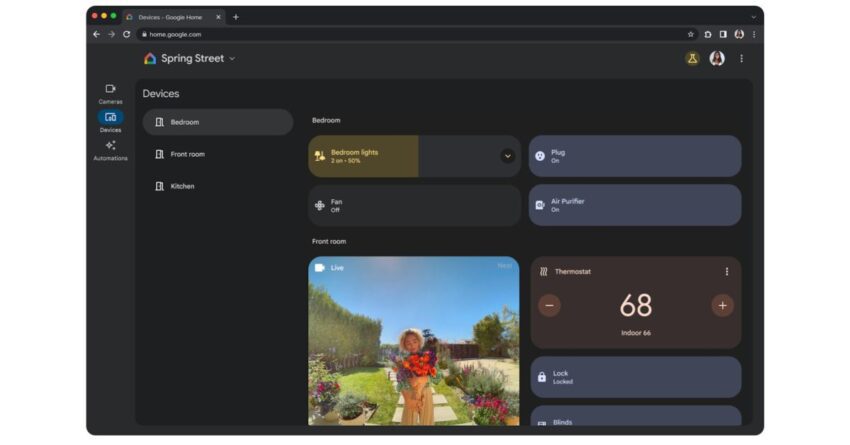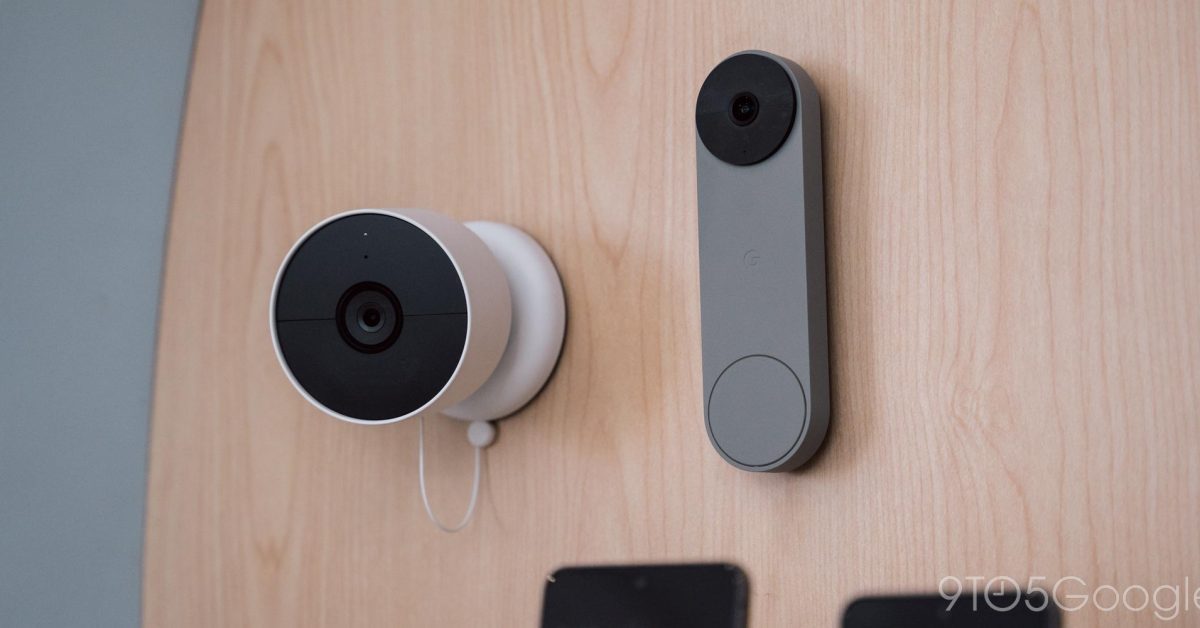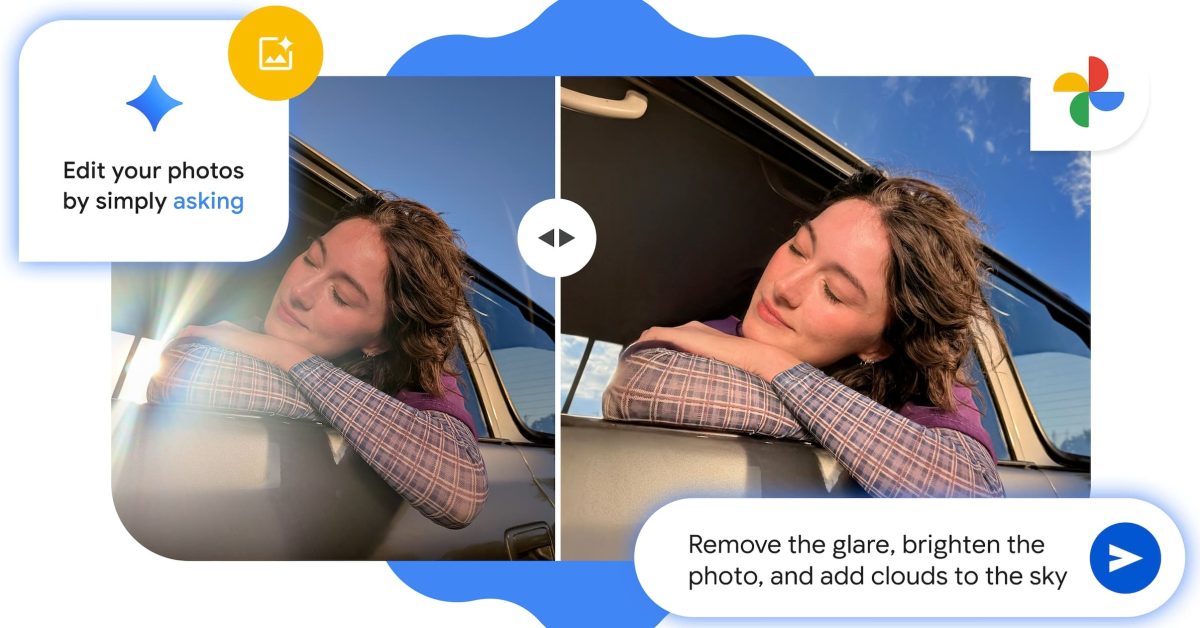
google home for web rolls out smart Google has officially launched smart device controls for its web-based Google Home app, enhancing user experience and accessibility for managing smart home devices.
google home for web rolls out smart
Overview of Google Home Web App Enhancements
The Google Home web app has undergone significant updates over the past few weeks, culminating in the rollout of comprehensive device controls. This development marks a pivotal moment for Google as it aims to streamline the management of smart home devices through a more user-friendly interface accessible via web browsers.
Previously, users primarily relied on mobile applications for managing their smart home devices. The introduction of web-based controls allows for a more versatile approach, enabling users to access their smart home settings from any device with internet connectivity. This transition reflects a broader trend in the tech industry, where companies are increasingly prioritizing cross-platform accessibility to enhance user engagement.
Key Features of the New Device Controls
The newly implemented device controls in the Google Home web app offer a range of functionalities designed to simplify the management of smart home devices. Some of the key features include:
- Unified Dashboard: Users can now view all their connected devices in one centralized location, making it easier to monitor and control various smart home products.
- Real-Time Status Updates: The web app provides real-time updates on the status of devices, allowing users to quickly assess whether their devices are functioning as intended.
- Customizable Controls: Users can personalize their dashboard by rearranging device controls according to their preferences, enhancing usability.
- Scene Management: The new interface allows users to create and manage custom scenes, enabling them to control multiple devices with a single command.
- Voice Command Integration: The web app supports voice commands, allowing users to control their devices hands-free while using the web interface.
Accessibility and User Experience
The rollout of these features is particularly significant for users who may find mobile apps cumbersome or less accessible. By providing a web-based option, Google is catering to a broader audience, including those who may prefer using a desktop or laptop for managing their smart home systems. This move is also beneficial for users who may not have smartphones or prefer larger screens for navigation.
Furthermore, the web app’s design emphasizes simplicity and ease of use. The intuitive layout minimizes the learning curve for new users, making it easier for them to integrate smart home technology into their daily lives. This focus on user experience is crucial, especially as more households adopt smart home devices.
Implications for Smart Home Ecosystem
The introduction of web-based controls for Google Home could have far-reaching implications for the smart home ecosystem. As more users transition to web management, several trends may emerge:
Increased Adoption of Smart Home Devices
With enhanced accessibility, it is likely that more consumers will consider investing in smart home technology. The ease of managing devices from a web interface may lower the barriers to entry for users who have been hesitant to adopt smart home solutions. This could lead to a surge in demand for compatible devices, prompting manufacturers to innovate and expand their offerings.
Competitive Landscape
Google’s move to enhance its web app could intensify competition among smart home platform providers. Companies like Amazon and Apple, which also offer smart home management solutions, may need to respond with similar or improved features to retain their market share. This competitive pressure could drive innovation, resulting in better products and services for consumers.
Integration with Other Google Services
The web-based Google Home app may also pave the way for deeper integration with other Google services. For instance, users could potentially link their Google Calendar or Google Assistant more seamlessly with their smart home controls, creating a more cohesive ecosystem. Such integration would enhance the overall user experience and encourage users to rely more heavily on Google’s suite of services.
Stakeholder Reactions
The rollout of the Google Home web app has garnered mixed reactions from stakeholders in the tech industry. Many users have expressed enthusiasm about the new features, particularly the convenience of accessing their smart home controls from a web browser. Early adopters have noted the improved user interface and the ease with which they can manage multiple devices.
However, some critics have pointed out potential drawbacks. Concerns have been raised about security and privacy, especially as more users connect their devices to the internet. The risk of unauthorized access to smart home systems is a significant issue that Google must address to ensure user trust. Additionally, some users have noted that while the web app is a step forward, it still lacks certain functionalities available in the mobile app, such as offline access.
Future Developments
Looking ahead, Google is likely to continue refining the web app based on user feedback and technological advancements. Future updates may include enhanced security features, additional device compatibility, and further integration with other Google services. As the smart home landscape evolves, Google will need to stay ahead of trends to maintain its competitive edge.
Conclusion
The rollout of smart device controls for the Google Home web app represents a significant advancement in the management of smart home technology. By offering a user-friendly, accessible platform, Google is not only enhancing the user experience but also potentially reshaping the smart home ecosystem. As adoption rates increase and competition intensifies, the implications of this development will likely be felt across the industry.
As users embrace the convenience of web-based controls, the demand for smart home devices is expected to rise, prompting manufacturers to innovate further. Stakeholders will be watching closely to see how Google navigates the challenges and opportunities presented by this new platform.
Source: Original report
Was this helpful?
Last Modified: September 24, 2025 at 4:50 am
2 views















